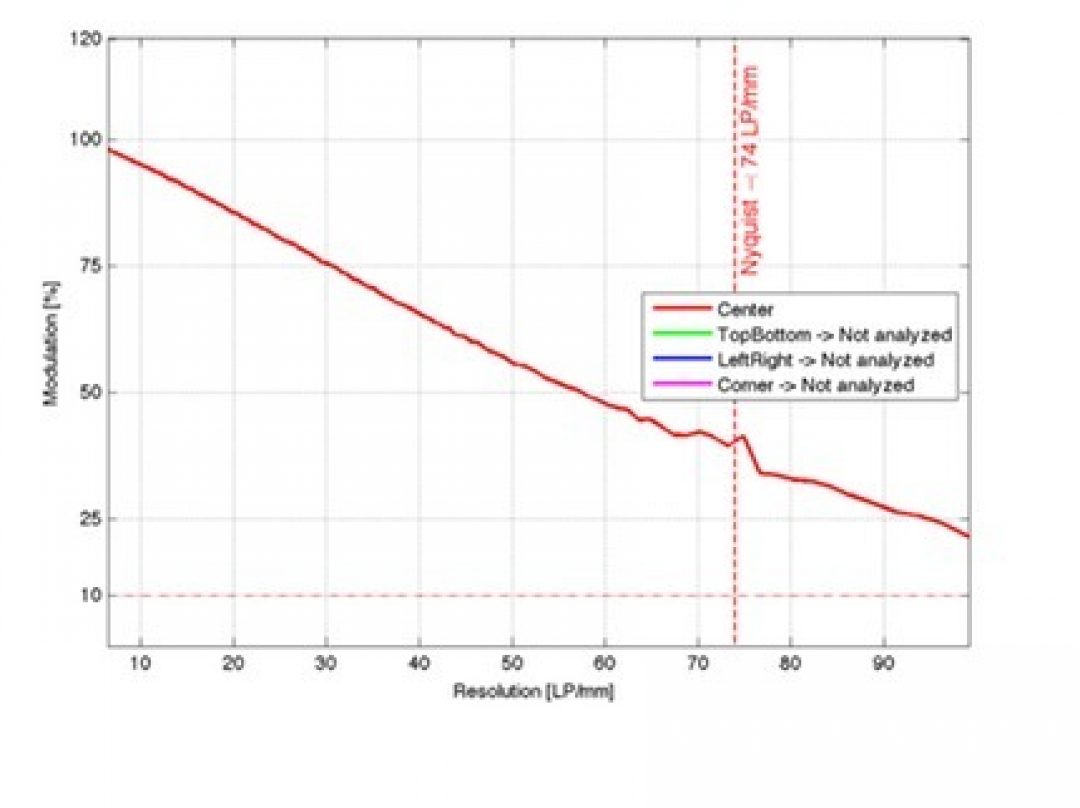
Comparison Leica M bodies | Erwin Puts
For this comparison I used the Siemens testchart and the Image Engineering software, to eliminate any viewer-bias from the evaluation. As this test is meant for a comparison between camera sensors and maximum performance you have to eliminate as many variables as possible. The lens used is the Apo-Summicron-M 2/50 ASPH which has a resolution that widely exceeded the limiting frequency (Nyquist) of the cameras used here. The aperture selected is f/5.6 because then we have optimum MFT values. In addition stopped down to f/5.6 and used at a distance of 2 meters the depth of field will cover slight errors in focus and optical/mechanical/testing tolerances. The official DoF at this distance is 1.771 – 2.300 (a tolerance of 52.9 cm), but this is based on a circle of confusion of 0.03 mm. To use a smaller diameter of the CoC one has to look at the DoF at f/2.8 where we find a range from 1.878 to 2.139, a tolerance of 26.1 cm. At f/2 the DoF would be from 1.910 – 2.099, still 18.9 cm. The IE software works best with images in JPG-format which brings an other problem: the camera post processing will enhance the sharpness of the image and we want to see the natural performance of the RAW images. The RAW/DNG images must be processed with image software on the computer to produce JPG images. But most if not all software will again enhance the sharpness in uncontrollable ways. The only program that produces natural images is DCRaw and the two programs that are based on this software (Graphic Converter and RAWDeveloper (with sharpness option set to off). I will start with the conclusion and the impatient reader does not need to wade through graphs and numbers. The best result is delivered by the Monochrom, then the M and then almost equal the M9P and the M8.2…..
See on www.imx.nl
